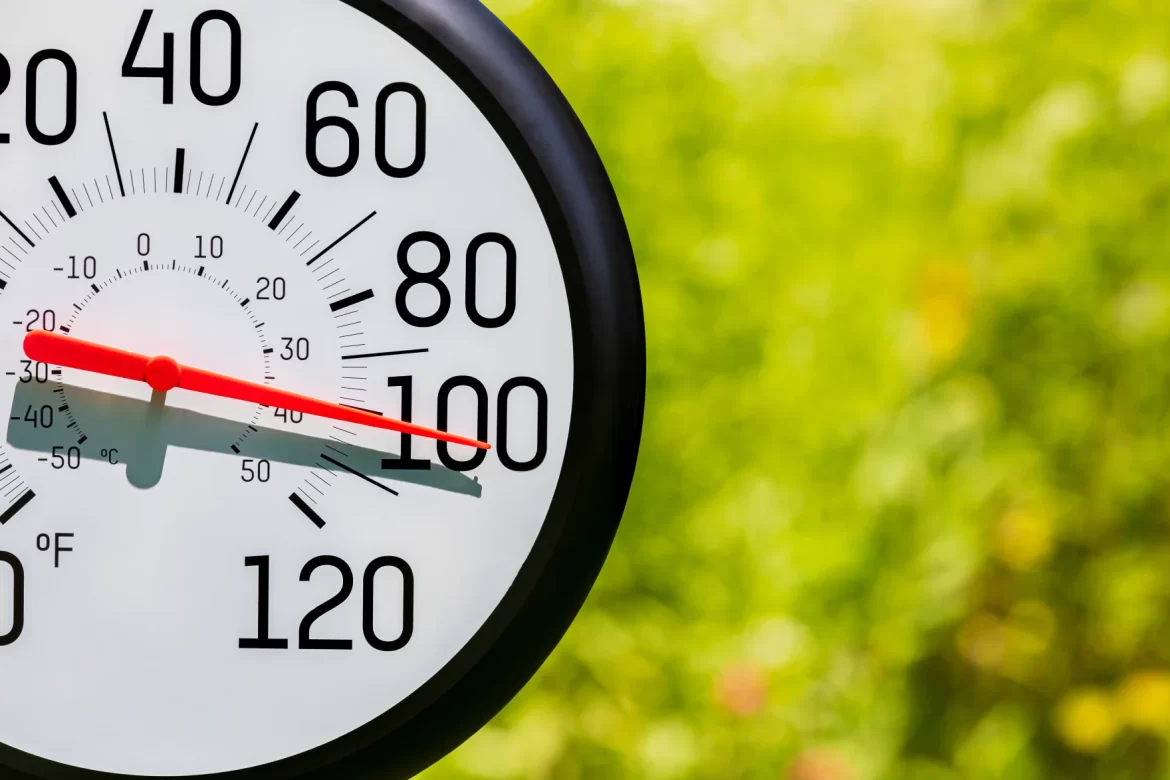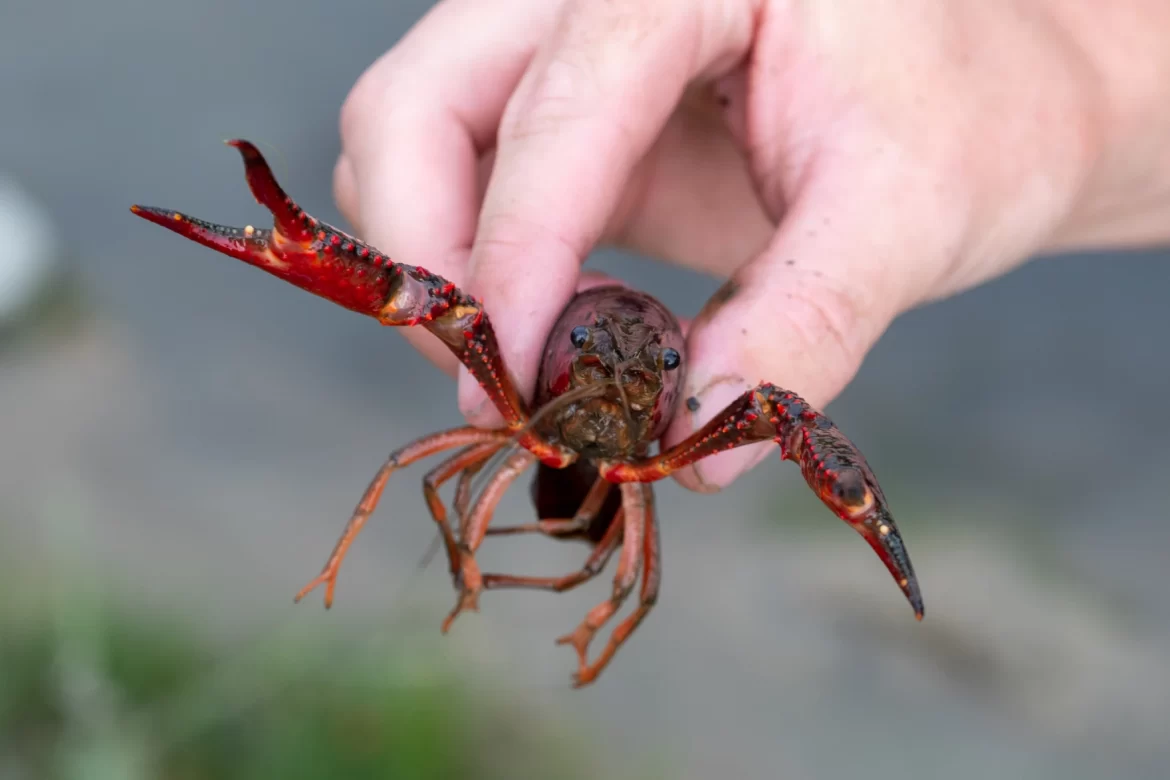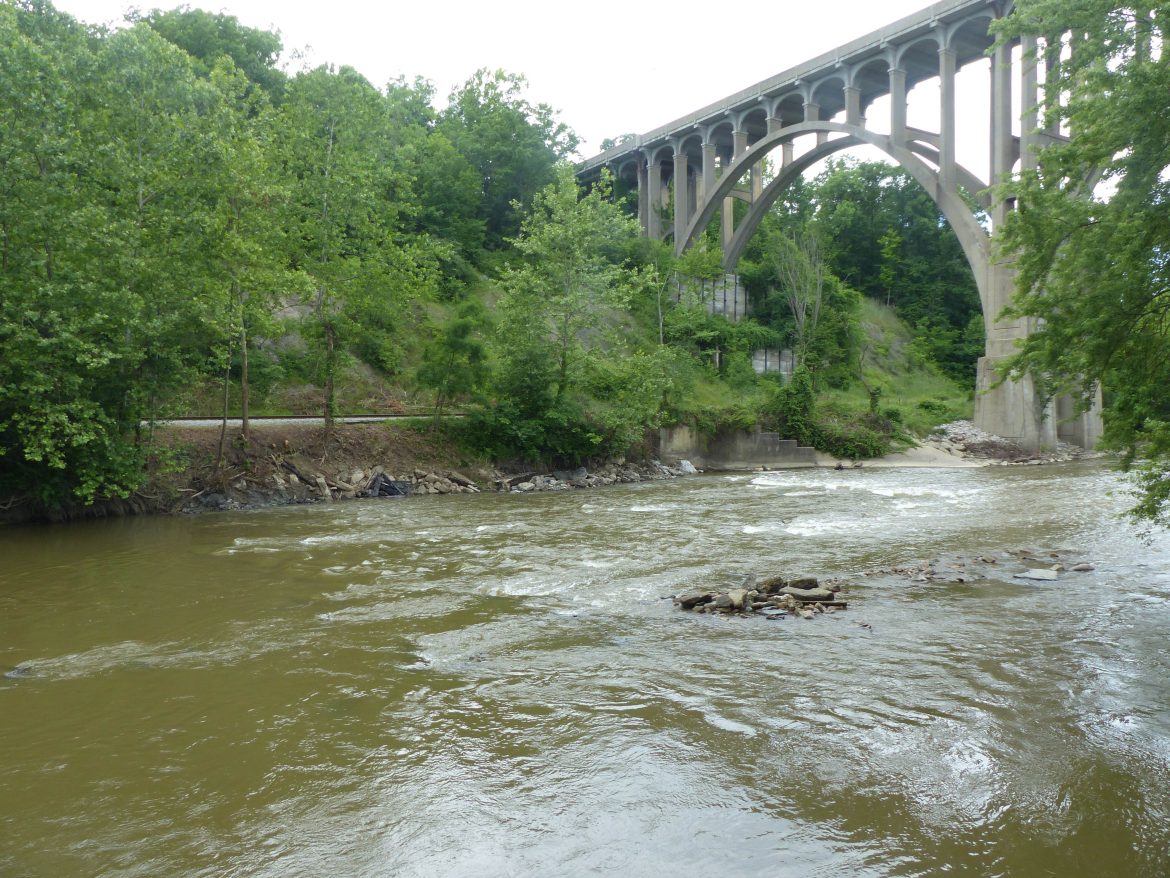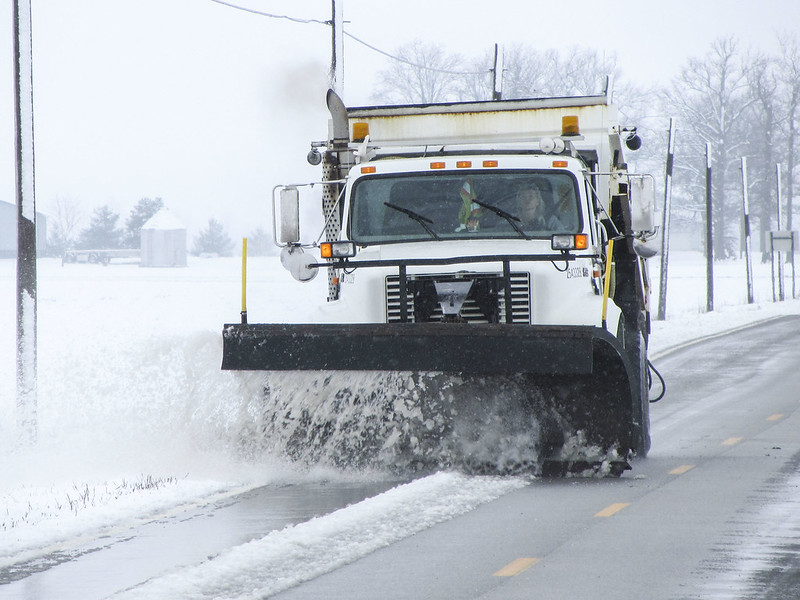Water
Forty years on, future of contaminant plume under Ann Arbor still murky
|
By Elinor Epperson
Gelman Sciences LLC manufactured medical filters for decades, but that’s not the public health issue the company is known for. Dioxane from Gelman’s Scio Township plant leaked into Ann Arbor’s groundwater, creating a plume of contamination more than 4 miles long. That contamination was discovered by a University of Michigan graduate student, Dan Bicknell, who alerted the state environmental regulator on June 26, 1984. But Gelman had been dumping the chemical since 1966. And 40 years after Bicknell blew the whistle, the plume is larger than ever.









